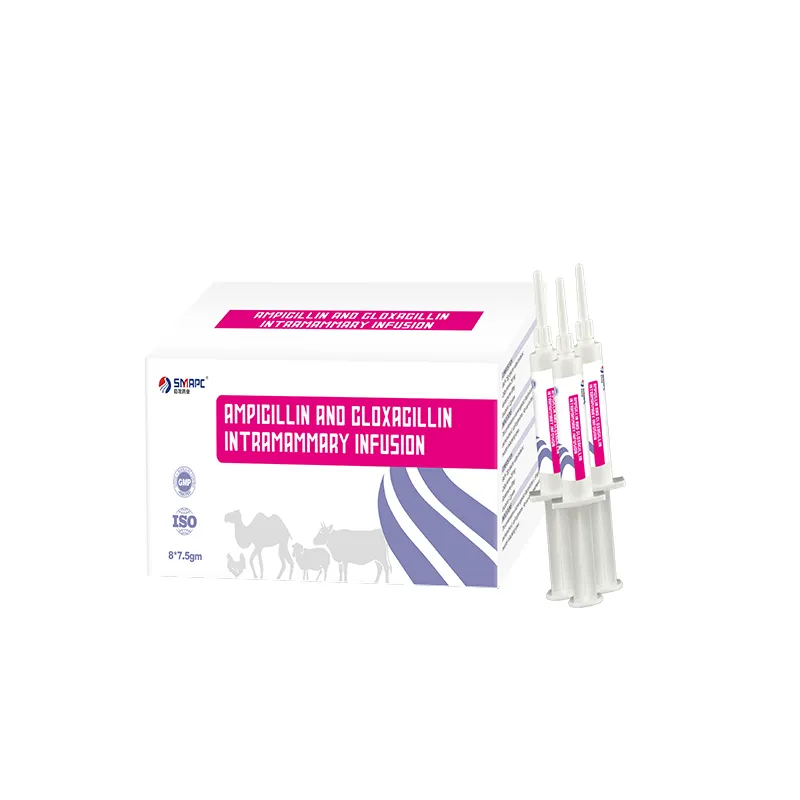
Effective Use of Trichloroisocyanuric Acid for Pool Sanitation and Maintenance
The Role of Trichloroisocyanuric Acid in Pool Maintenance
Trichloroisocyanuric acid (TCCA) is a widely used chemical in the maintenance of swimming pools, playing a critical role in ensuring water quality and safety for swimmers. As a stable and effective chlorine source, TCCA has gained popularity among pool owners and maintenance professionals due to its multipurpose functionality. In this article, we will explore TCCA's properties, benefits, application methods, and safety considerations for pool maintenance.
What is Trichloroisocyanuric Acid?
Trichloroisocyanuric acid is a chlorinated compound that features a high concentration of available chlorine, typically around 90%. It is known for its ability to release chlorine steadily over time, making it an effective agent for disinfecting water. TCCA is often available in tablet or granular form, allowing for convenient application into pool water.
Benefits of Using TCCA in Pools
1. Effective Disinfection The primary function of TCCA is to sanitize pool water by killing bacteria, algae, and other pathogens. This is crucial for maintaining a safe swimming environment and preventing waterborne illnesses.
2. Stabilized Chlorine One of the key advantages of using TCCA is its stabilizing effect. Unlike regular chlorine, which can rapidly dissipate when exposed to sunlight, TCCA contains cyanuric acid, which helps to shield the chlorine from ultraviolet (UV) rays. This stabilization prolongs the effectiveness of chlorine, ensuring longer-lasting sanitation.
3. Ease of Use TCCA is easy to handle and apply. The tablets can be placed in a floating dispenser or automatic chlorinator, allowing for a regulated release of chlorine into the pool. Granular TCCA can be dissolved in water and added directly to the pool, making it accessible for all pool owners.
4. Cost-Effective When compared to traditional chlorine sources, TCCA tends to be more economical in the long run. Its high chlorine concentration means that smaller quantities are needed to achieve effective sanitation, ultimately saving money on chemical purchases.
Application of TCCA in Pools
trichloroisocyanuric acid used in pools

The application of TCCA can be straightforward, depending on the type available (tablet or granule)
. Here are some guidelines for optimal use- For Tablets Place TCCA tablets in a chlorinator or floating device designed for this purpose. Ensure that the device is adequately placed in the pool to allow for even distribution of chlorine. - For Granules Dissolve the required amount of TCCA in a bucket of water before adding it to the pool. It is advisable to distribute the solution evenly around the pool to avoid localized high concentrations that could potentially harm the pool surfaces.
Safety Considerations
While TCCA is safe for use when applied correctly, it is essential to follow certain safety guidelines
1. Handling Always wear protective gloves and eyewear when handling TCCA to prevent skin and eye irritation. Ensure the chemical is stored in a cool, dry place and away from direct sunlight.
2. Dosage Follow the manufacturer's recommendations for dosage based on the pool size and desired chlorine concentration. Overuse can lead to overly chlorinated water, which can irritate skin and eyes.
3. Compatibility Check the compatibility of TCCA with other pool chemicals. Avoid mixing it with non-stabilized chlorine sources or other harsh chemicals, as this could lead to dangerous reactions.
Conclusion
Trichloroisocyanuric acid is a vital component in effective pool maintenance. Its ability to provide a stable, long-lasting source of chlorine makes it an ideal choice for pool sanitation. By understanding its benefits, application methods, and safety considerations, pool owners can effectively utilize TCCA to ensure clean and safe swimming environments. Regular testing and maintenance of pool water, combined with the proper use of TCCA, will contribute to a pleasant and safe swimming experience for all users.
-
Pure Sodium Dichloroisocyanurate Dihydrate | Powerful DisinfectantNewsAug.29,2025
-
Industrial Chemicals: Quality & Purity for Every IndustryNewsAug.28,2025
-
Nitrile Rubber Honoring Strict Production StandardsNewsAug.22,2025
-
Aspartame Ingredients Honoring Food Safety ValuesNewsAug.22,2025
-
Fertilizer for Balanced Plant NutritionNewsAug.22,2025
-
Cyanide Gold Processing with High Purity AdditivesNewsAug.22,2025
-
Formic Acid in Textile Dyeing ApplicationsNewsAug.22,2025
Hebei Tenger Chemical Technology Co., Ltd. focuses on the chemical industry and is committed to the export service of chemical raw materials.
-

view more DiethanolisopropanolamineIn the ever-growing field of chemical solutions, diethanolisopropanolamine (DEIPA) stands out as a versatile and important compound. Due to its unique chemical structure and properties, DEIPA is of interest to various industries including construction, personal care, and agriculture. -

view more TriisopropanolamineTriisopropanolamine (TIPA) alkanol amine substance, is a kind of alcohol amine compound with amino and alcohol hydroxyl, and because of its molecules contains both amino and hydroxyl. -

view more Tetramethyl Thiuram DisulfideTetramethyl thiuram disulfide, also known as TMTD, is a white to light-yellow powder with a distinct sulfur-like odor. It is soluble in organic solvents such as benzene, acetone, and ethyl acetate, making it highly versatile for use in different formulations. TMTD is known for its excellent vulcanization acceleration properties, which makes it a key ingredient in the production of rubber products. Additionally, it acts as an effective fungicide and bactericide, making it valuable in agricultural applications. Its high purity and stability ensure consistent performance, making it a preferred choice for manufacturers across various industries.





